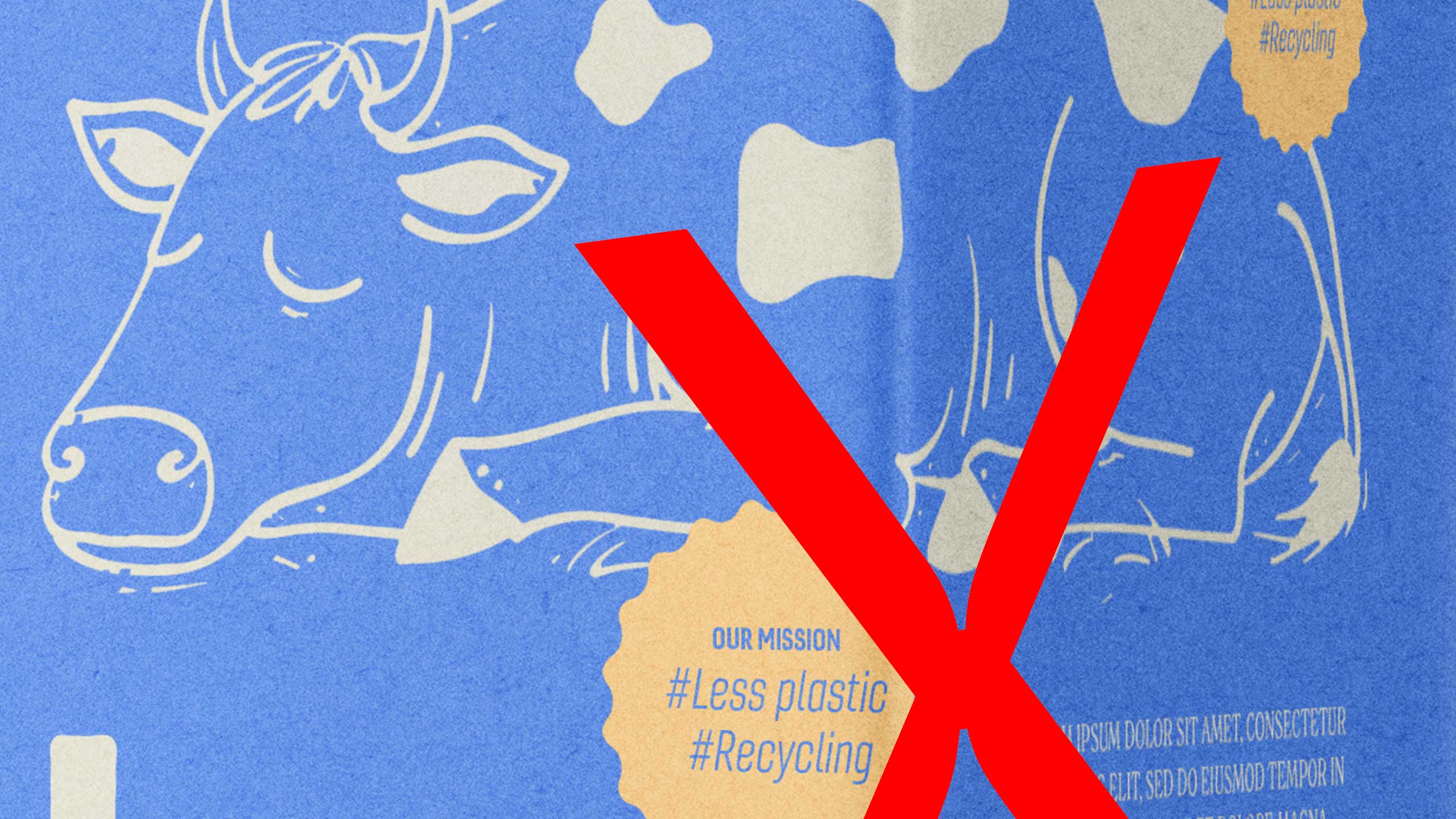What regulatory and retail requirements apply to food packaging today?
The food and beverage packaging industry is under increasing regulatory and trade policy pressure. New EU regulations, stricter trade requirements and increasing transparency expectations are creating an immediate need for action for brands, manufacturers and retailers.
On this page, we explain which requirements are currently relevant, how they affect packaging design and materials and how brands are strategically mastering these challenges.
Table of contents
- What does regulation & trade mean in the packaging context?
- Overview of key regulatory requirements
- Practical examples from brand and packaging practice
- Challenges & future developments
- Conclusion & recommendation for action
What does regulation & trade mean in the packaging context?
By “Regulatory & Retail” in the packaging environment, we mean all legal requirements as well as retail and market requirements that food packaging must fulfill. These include requirements for recyclability, traceability, consumer communication, use of materials and specific trade guidelines (private label, shelf impact, logistics requirements).
For brands in the food & beverage segment, this means that packaging is no longer just a wrapper – it is a regulated, strategic product element that combines design, choice of materials, communication and supply chain.
Overview of key regulatory requirements
What regulations apply to packaging design today and tomorrow?
- Packaging and Packaging Waste Regulation (PPWR) (EU): New EU regulation on packaging and packaging waste with specifications on recyclability, minimum recyclate content, reuse and harmonization of member states.
- **Empowering Consumers Directive (EmpCo) or Consumer Communication Directive: legislation against greenwashing, transparency obligations for environmental claims, new requirements for packaging texts and packaging eco-claims.
- Retail and private label standards: Retailers today demand packaging with clear environmental, recycling and logistics criteria (e.g. reduced material diversity, standardized artwork templates, shelf impact score).
- Supply chain transparency & Digital Product Passport (DPP): In future, packaging must provide digital information on material composition, recyclability and origin (e.g. via QR code).
- Design for recycling & material specifications: From certain points in time, packaging must be designed in such a way that it can be recycled efficiently, e.g. mono-materials instead of composites, reduction of plastics, separation of materials.
Examples from practice
EmpCo Ready Packaging

The EmpCo Directive(white paper) adopted in January 2024 is part of the EU strategy against greenwashing and requires brands to communicate more clearly and transparently with consumers. In future, it must be possible to explain and substantiate environmental claims such as “green” or “environmentally friendly”. It must also be possible to argue all representations that could indicate a special environmental performance. The EmpCo regulations are binding from September 2026.
Challenges & future developments
New requirements in the packaging ecosystem
Regulation and retail are profoundly changing the packaging ecosystem. Brands must combine creative freedom, brand impact and technical/legal requirements – a challenging balance that requires strategic planning and operational agility.
Legal complexity & implementation
The multitude of regulations (e.g. PPWR, EmpCo, national regulations) requires a solid understanding in order to minimize brand risks and implement compliance efficiently.
Changing trade and market requirements
Retail partners are increasingly defining their own packaging criteria (recyclability, logistics optimization, standard artwork). Brands have to redesign processes to meet these requirements.
Material and design restrictions
Freedom of design is restricted by law and trade: Composite materials are being critically examined, recyclability is becoming mandatory, traceability is becoming the rule. Brand and packaging design must take these framework conditions into account.
Digitization & data integration
The Digital Product Passport (DPP) and networked supply chains require digital infrastructure, data transparency and new processes – packaging is becoming part of the information system.
Brand trust & communication
The challenge for brands is to communicate compliance with regulations in a credible way – for example, through transparent claims, complete evidence and clear consumer information.
Conclusion
Recommendation for action
Regulation and trade are presenting packaging in the food & beverage segment with new challenges – but also strategic opportunities. Brands that integrate packaging compliance into their strategy at an early stage are not only investing in legal certainty, but also in brand value, differentiation and future viability.
Recommendations:
- Packaging check – with regard to material, artwork, process.
- Development of a packaging strategy for 2030+ with a view to trading partners and legislators.
- Integration of digital solutions (QR codes, DPP) in packaging communication.
- Transparent communication – avoiding misleading environmental claims.